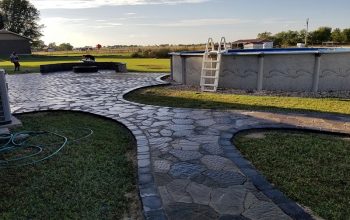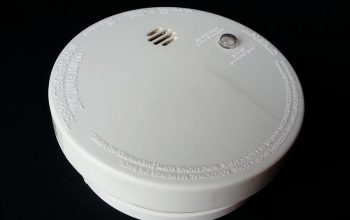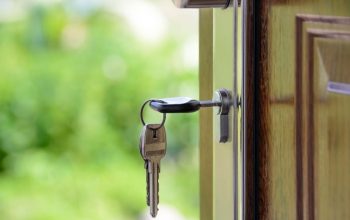Nowadays, many situations can negatively affect your living environment. Traffic, a conversation by passers-by on the street, and a neighbor repairing something again are just some of the reasons. After a hard day at work, people can’t wait to come home and enjoy peace and quiet. But how to get that, in a big and noisy city?
Windows are the ‘eyes’ and ‘ears’ of every home, but closing them completely is not a solution to the noise problem. According to the Soundproof Pros opinion, you don’t have to completely change them, as this is expensive and unnecessary, especially if the joinery is in good condition. So the solution is to improvise sound insulation that will work and fit into your budget at the same time.
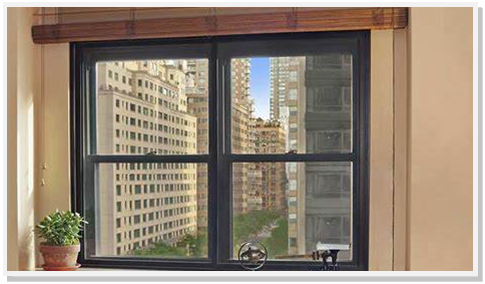
DIY Acrylic Second Window
You can check the offer of numerous models of insulation panels on the Internet and at window manufacturers. You can find transparent ones as well as those that completely close the window, so that very little or no light enters the house.
These models can help when you need to soundproof some windows that are not the primary light source in your home. For example, those on a garage or bathroom may be closed completely. But, when it comes to carpentry in rooms where you spend time and need light, the insulation panels must be transparent.
Ready-made models are inexpensive and easy to set up. But if you are into DIY projects, you can also make insulation panels of acrylic and magnetic strips. Cut an acrylic panel the size of a window, and place magnetic strips on the edges. Also, place a metal frame on the window itself so that the magnet of the improvised ‘glass’ can easily fit.
See the comparison of acrylic and laminated glass for soundproofing on the page below:
https://quietlivity.com/magnetic-acrylic-vs-laminated-glass/.
Fill the Gaps
Well-fitted windows should not have any gaps or cavities on places where they merge with walls. However, these tiny holes can occur as a result of years, the effects of weather, temperature differences between the interior and the exterior, etc.
Even though you don’t see them, these micro-cracks are big enough for sound waves passing by. Cracked glass can also pass the sound. Therefore, you must inspect the joinery construction before you start insulating.
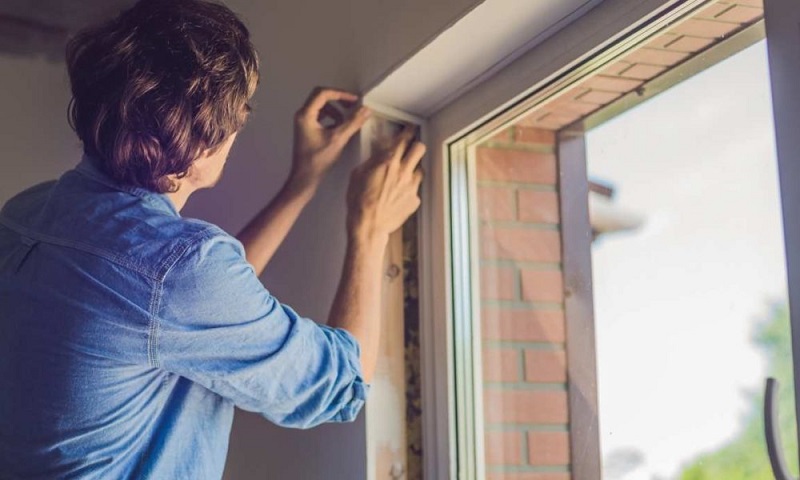
To seal the gaps between walls and joinery constructions, you can use caulk. Try to find specialized acoustic filler in stores. It has improved soundproofing properties than regular caulk. The advantage of this sealant is that it doesn’t entirely harden but remains flexible, which means that it will not interfere with the opening of the window.
Another way you can fill the holes and repair the damage the sound goes in (or out) is with weather-stripping tape. Because it is self-adhesive, it is almost effortless to apply. All you have to do is clean the window surface thoroughly so that the tape fits the surface and closes even the smallest gap.
Soundproofing Curtains
The original purpose of the curtain and drapery is to cover the windows and to protect the house interior from curious passers-by, light and unfavorable weather conditions. Also, most people see them as decorative material that beautifies the space. This is true, but curtains can have other uses for your home or workspace.
These textile covers can help neutralize the outside noise by a significant percentage. Each textile must have a density as well as a weave structure. The thicker the curtain, the more sound it can repel. Some of the quality materials used for this purpose are cotton, plush, or viscose.
Having these curtains pull on all the time can make the room too dark and stuffy. You can place them over some thinner curtain and close them whenever you want. On this link, you can check how to install these handy curtains.
Sound insulation of the entire house sounds like a good idea, but you maybe can’t afford that right now. Modern PVC joinery has factory insulation to some extent, but if you live in an older house, single-glazed wooden windows let in the sound waves both in and out. That is why you can start with soundproofing windows to reduce, at least, some amount of noise.
